Drinking with the Devil in Potosí’s Mines
By far the most popular tourist activity in Potosí is a visit to the mines of Cerro Rico. They’re still active, so a tour entails walking past soot-covered miners hard at work in conditions that could be straight out of the 18th century.

We weren’t especially excited about taking a tour, since gawking at people working in such a dangerous profession is more than a bit unseemly. Between accidents and the inevitable lung diseases, it’s still rare for a Potosí miner to reach the age of 50. But we couldn’t skip out on the city’s most famous experience.
After we had changed into protective clothing and donned hard hats, our tour began at the Miner’s Market, where workers buy equipment, dynamite, coca leaves, tools and anything else they’re likely to need underground. We picked up a few gifts destined for any miners we might encounter, including a small bottle of 192 proof alcohol whose label promised that it was “drinkable”.
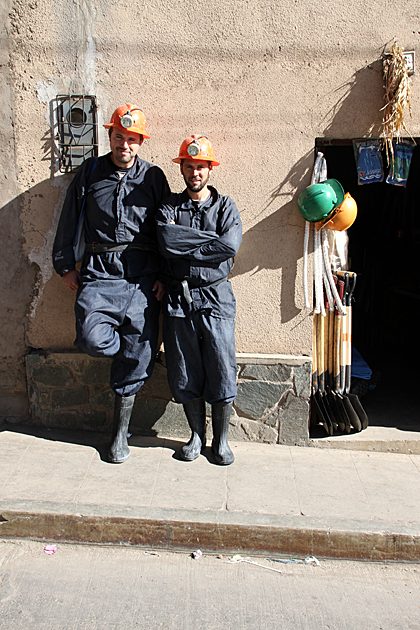
Next, we visited a refinery. Rickety contraptions set on rotting wooden planks pulverized rock and sorted minerals. And looked hilariously dangerous. Dirty vats of chemicals cleansed the minerals and, with the absolute absence of safety protocols in the refinery, it wasn’t hard to imagine toxic waste water seeping down the hill towards Potosí. While watching workers shovel piles of sand through a sifter in search of silver, I found it hard to believe that any money could be made through such a primitive process.
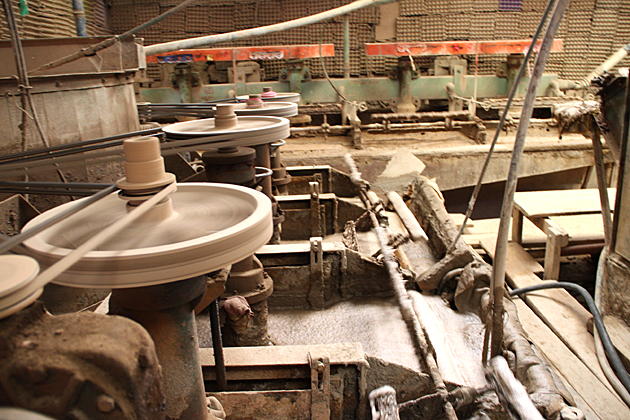
Soon, we reached the entrance of the mine. Thousands of men work inside and, while some are employed by private firms and receive a steady salary, health care and retirement benefits, the great majority choose to work in cooperatives, mining by themselves and for themselves. The risks are much greater, but so are the rewards. An independent miner who discovers a large vein of silver gets to keep all the profits. But not many hit such a jackpot; most men who work in the cooperatives struggle their entire, short lives.
Minutes after entering, we found ourselves in a maze of narrow passageways which we had to crouch through. Every once in awhile, a stone-filled cart speeding down rails would force us to the side of the tunnel. We passed groups of miners hard at work. Luckily, they didn’t seem to mind our presence at all; in fact they seemed to enjoy the attention, and definitely appreciated our gifts. As we watched a couple guys fill buckets with rocks, a set of powerful explosions went off nearby, strong enough to make my stomach lurch.

Once we had walked awhile, we sat down with El Tío: the representation of Satan worshiped by the miners. Our guide explained that, outside of the mines, the men are devout Catholics who go to church and pray to God. But underground, no one seeks the assistance of heaven. The underground is the devil’s domain, so offerings and prayers are made to El Tío. A chill ran up my spine as I studied the horned idol, wrapped in colorful crepe paper, with gifts of cigarettes, alcohol and coca leaves laid around him. I’m not afraid of Satan, but satanic idols which people are actively worshiping? Brrr.
We sat near the idol for awhile, listening to our guide’s stories. He was an ex-miner himself, as were his brothers and father. With a mouth full of coca leaves, and in between frequent swigs of 192-proof alcohol, he told us how his father had died of lung disease, and explained why so many people still came to work here. Potosí was once a land of riches, and the dream of discovering another big score is deeply ingrained into the people’s psyche.

After two hours in the mine, we returned to daylight. It had been an interesting experience and, ultimately, I’m glad we did it. At the very least, I’ll never complain about my job again (update: it took me 48 hours to break that promise). And though I’ll never understand the motivation of the men who willingly subject themselves to such conditions, and the promise of an early grave, I can definitely appreciate their toughness. Potosí’s coca-chewing, dynamite-blasting, alcohol-drinking, dust-breathing, devil-worshiping miners might be the world’s toughest guys.
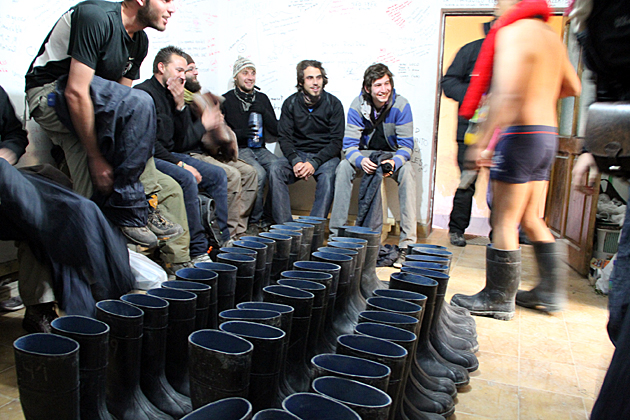
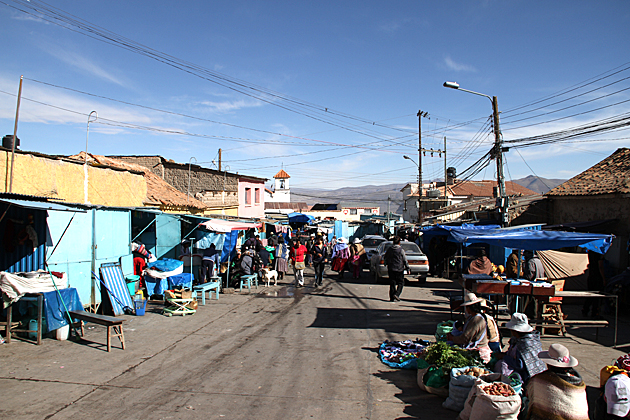
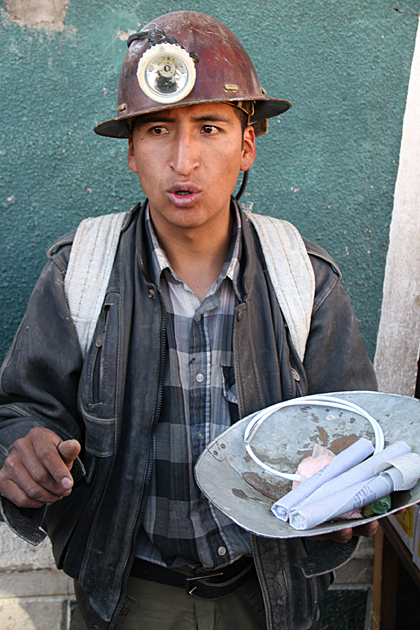

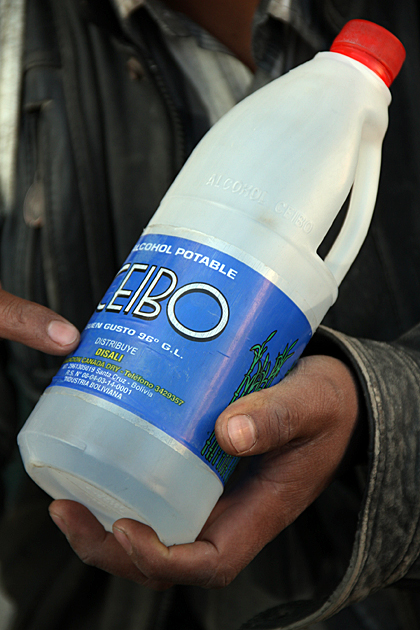
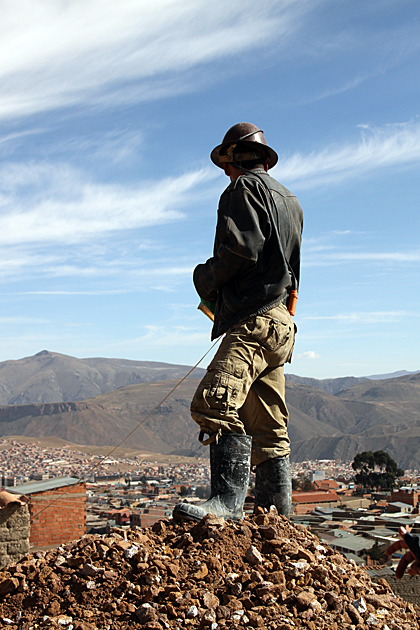


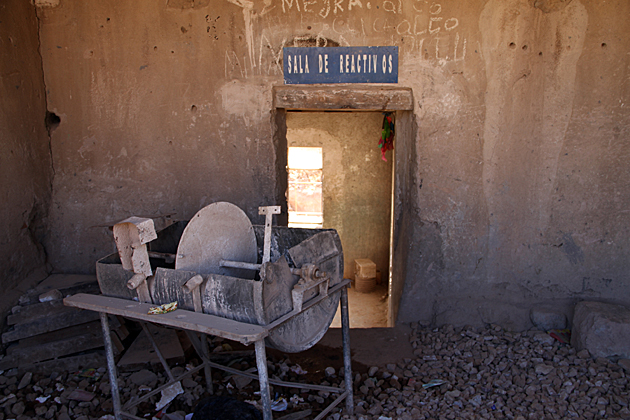

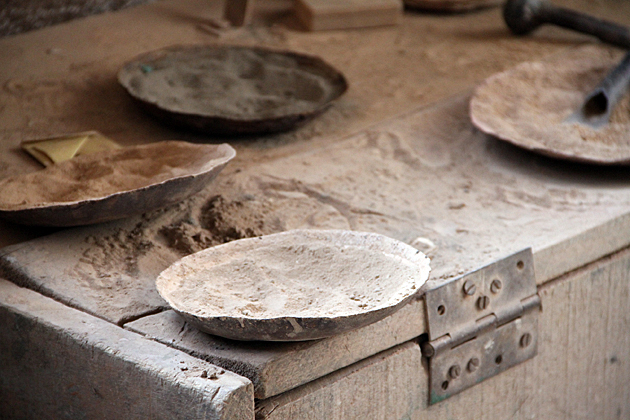
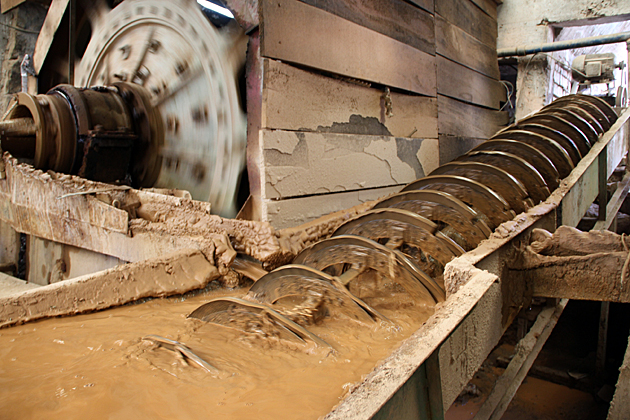
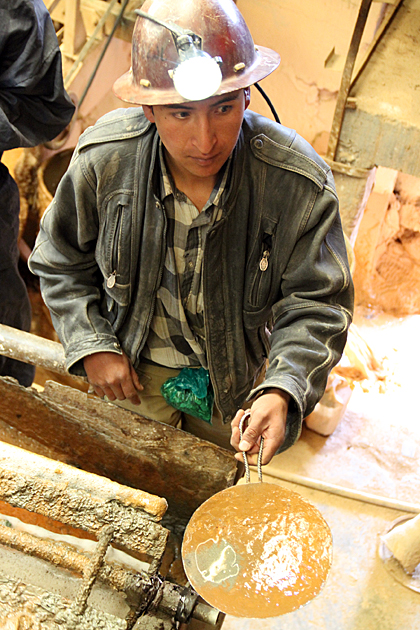
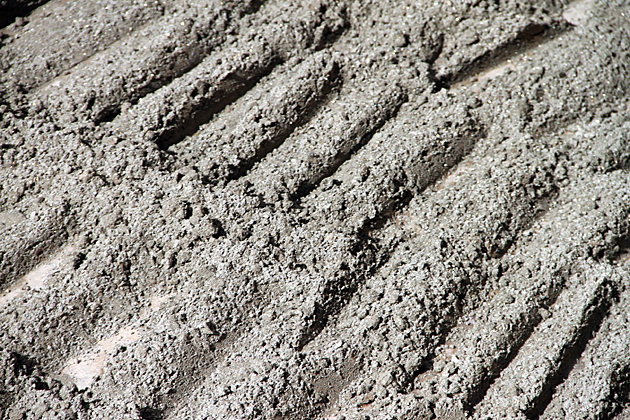
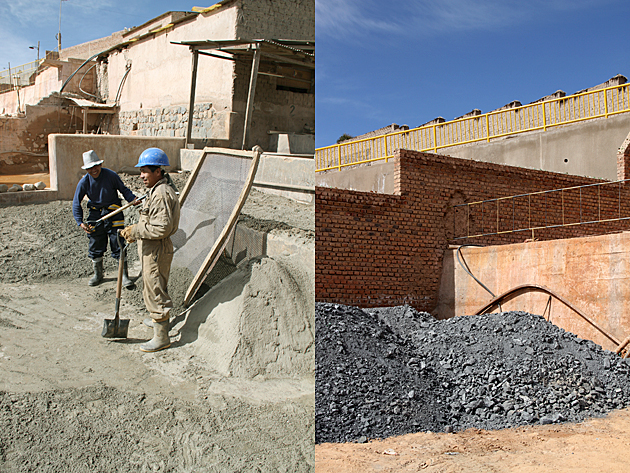
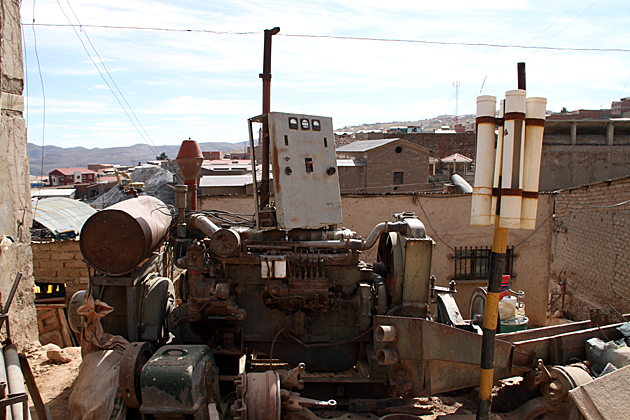
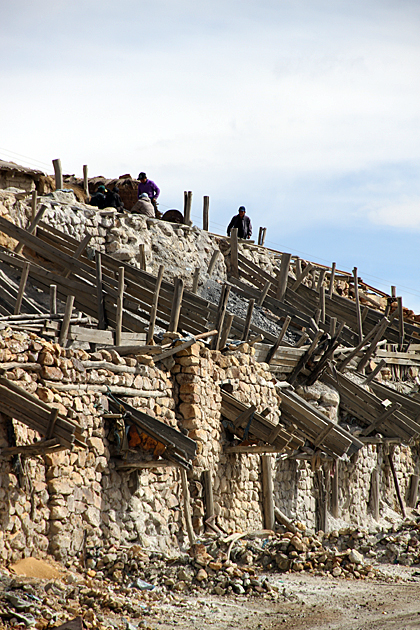

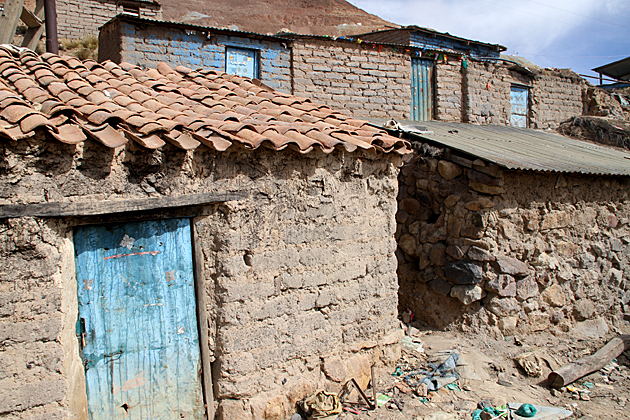
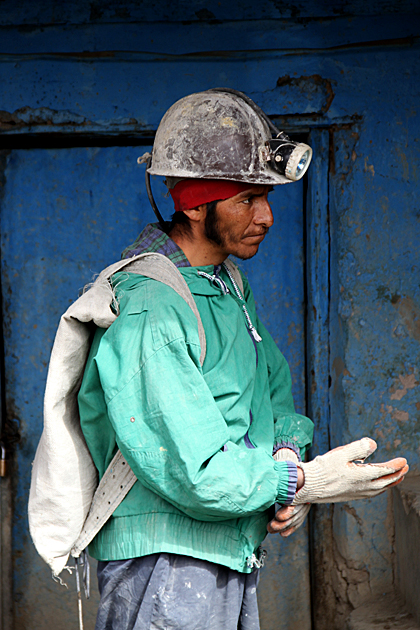
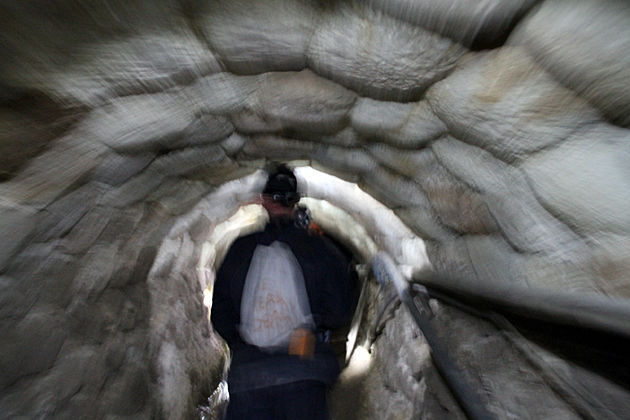
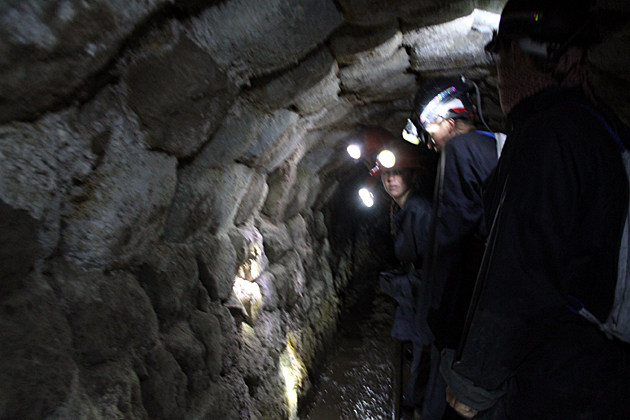
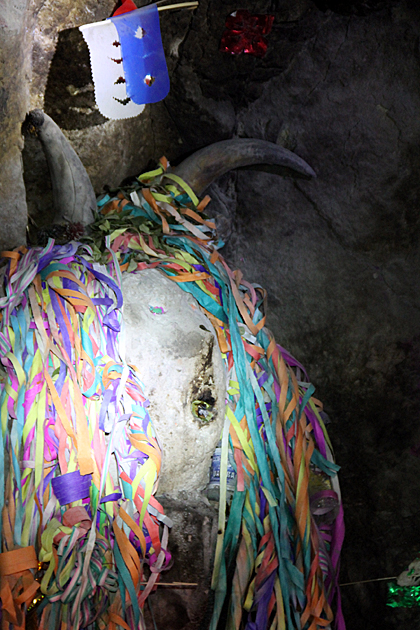
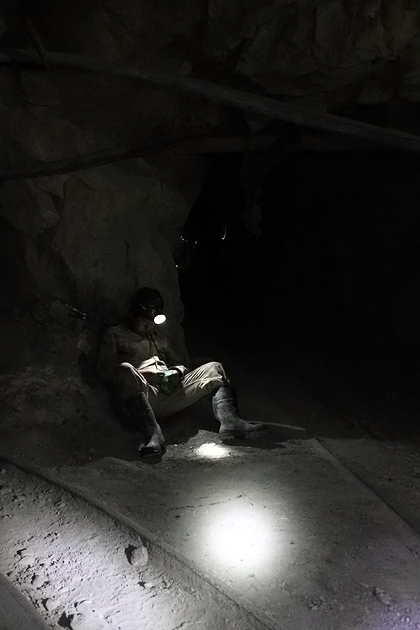
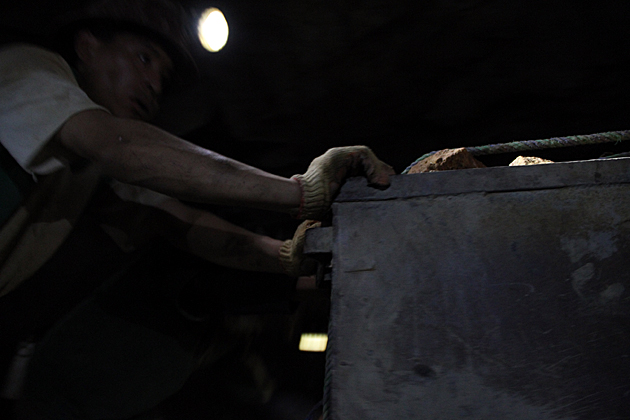
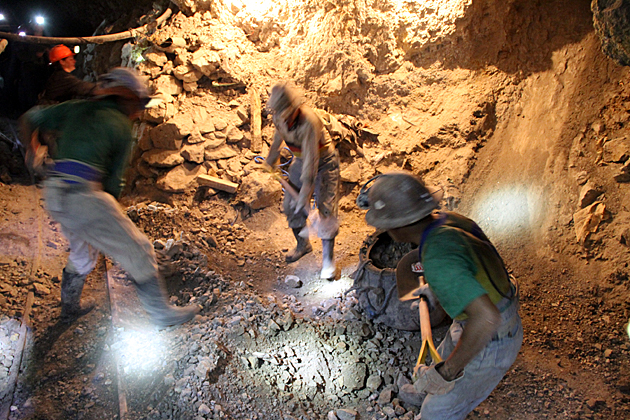
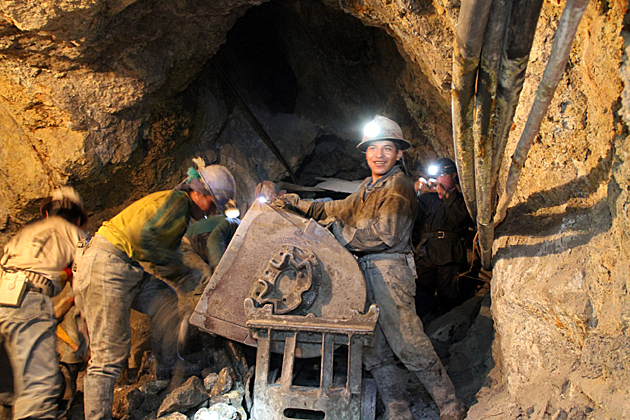

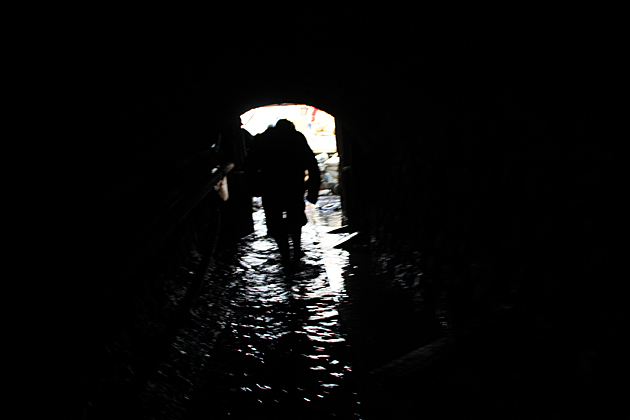

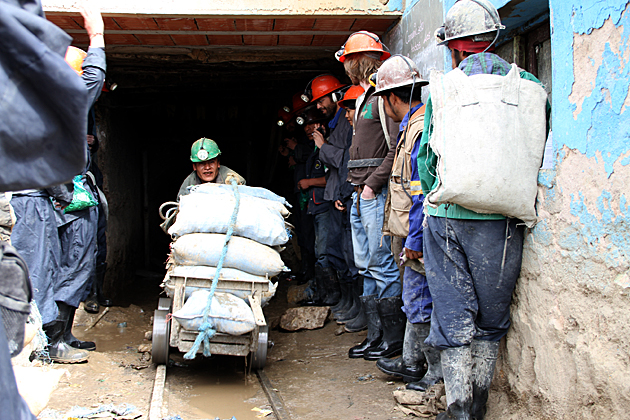

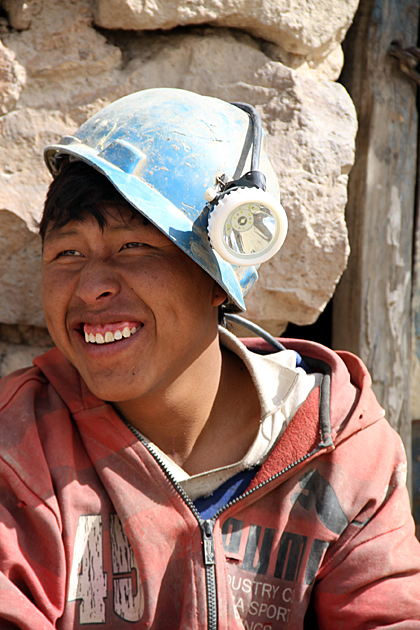

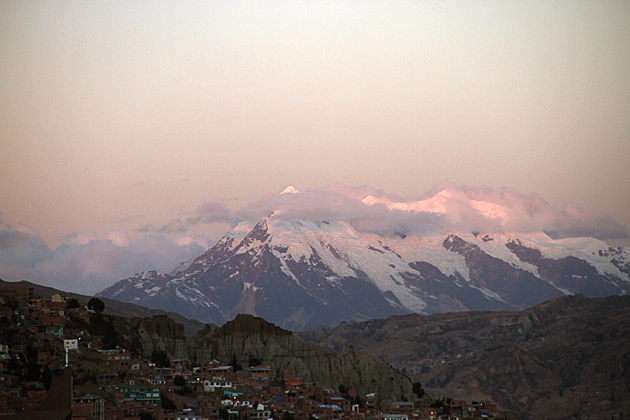
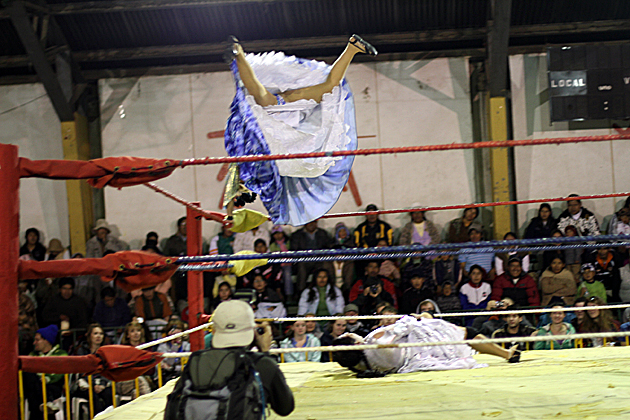
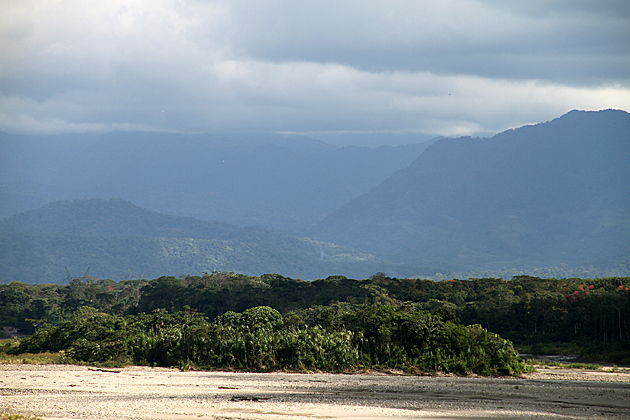

It sounds dodgy enough doing the tour let alone working there for a lifetime
Awesome title. What a place. I am loving all of your recent posts and being able to catch up with what you guys are doing. Sounds like so much fun!
Pingback: Travel Tips: Bolivia Travel Guide | Lengthy Travel
Pingback: Qanat – A Nighttime Tour of Palermo’s Ancient Canals | For 91 Days in Palermo – Travel Blog
Pingback: Potosí’s Convent of Santa Teresa | For 91 Days in Bolivia – Travel Blog
Pingback: The Sierra Silver Mines of Wallace | For 91 Days in Idaho – Travel Blog
A new documentary film called ‘The Devil’s Miner’ is all about a teenage boy who has to work in the Potosi mines – it is tough to watch but I would really recommend it!
Pingback: Buenos Aires Blog | Te gustan las chicas, ¿no?